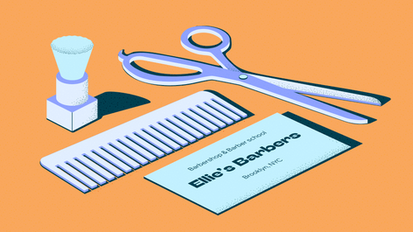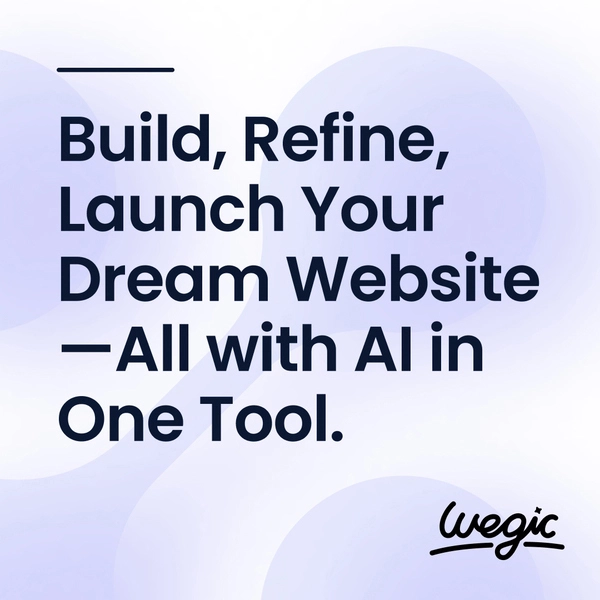A Beginner’s Guide to Create a Data Model for Web-Based Data Entry Forms
How Create a Data Model for Web-Based Data Entry Forms Works
Create a Data Model for Web-Based Data Entry Forms
In this modern digital age, having a professional and user-friendly website is crucial for any small business looking to attract customers and generate leads. However, hiring a professional web designer can be costly, especially for small businesses with limited budgets. This is where website builders come in handy. Website builders are tools that allow users to create websites without any coding or technical skills. There are many options available, but finding the best free website builder for small businesses can be a daunting task. To help you make an informed decision, we have compiled a list of the top free website builders for small businesses.

Create a Data Model for Web-Based Data Entry Forms
Create a Data Model for Web-Based Data Entry Forms
To ensure that your website meets accessibility standards, it is important to use a website accessibility checker. These tools help you identify areas on your website that may not be accessible to all users, allowing you to make the necessary changes to improve your site’s accessibility.
One popular website accessibility checker is the Web Content Accessibility Guidelines (WCAG) checker. WCAG is a set of guidelines for making web content more accessible to people with disabilities. These guidelines are broken down into four principles: perceivable, operable, understandable, and robust. The WCAG checker evaluates your website based on these principles and provides you with a list of issues that need to be addressed to improve accessibility.
Another website accessibility checker is Axe, which is a free open-source tool developed by Deque Systems. Axe scans your website for accessibility issues and provides detailed reports on areas that need improvement. The tool is easy to use and provides actionable recommendations for improving accessibility.
In addition to these tools, there are also browser extensions like Wave and AInspector that allow you to check the accessibility of your website in real-time as you browse. These extensions highlight accessibility issues on your site and provide recommendations for fixing them.
When using a website accessibility checker, it is important to keep in mind that no tool is perfect. While these tools can help identify common accessibility issues, it is also important to conduct manual testing to ensure that your website is truly accessible to all users. Manual testing involves using assistive technologies such as screen readers and keyboard navigation to navigate your site as a person with disabilities would.
It is also important to stay updated on the latest accessibility guidelines and best practices. The web accessibility landscape is constantly evolving, and it is important to stay informed about new developments in the field. By staying informed and regularly testing your website for accessibility, you can ensure that your site is accessible to all users.
In addition to ensuring compliance with accessibility laws and guidelines, improving website accessibility also benefits your business. By making your website more accessible, you can reach a wider audience and improve the user experience for all visitors. This can lead to increased engagement, higher conversion rates, and improved search engine rankings.
What is a web hosting provider?
A web hosting provider is a company that offers the technology and services needed for a website to be accessible on the internet. When you sign up for web hosting services, the provider allocates space on a server for your website’s files and ensures that your website is up and running smoothly 24/7.
Why is choosing the right web hosting provider important?
Selecting the right web hosting provider is essential for the success of your website for several reasons:
1. Reliability: A reliable web hosting provider ensures that your website is always accessible to users. Downtime can have a negative impact on your website’s traffic and reputation, so it is crucial to choose a provider with a high uptime guarantee.
2. Speed: The speed at which your website loads can affect user experience and search engine rankings. A good web hosting provider will offer fast server speeds and optimal performance for your website.
3. Customer support: Having reliable customer support is crucial in case you encounter technical issues or need assistance with your website. A good web hosting provider should offer 24/7 customer support to address any problems quickly.
4. Security: Ensuring the security of your website and customer data is paramount. A reputable web hosting provider will offer robust security features such as SSL certificates, firewalls, and regular backups to protect your website from cyber threats.
What factors should you consider when choosing a web hosting provider?
When selecting a web hosting provider, there are several key factors to consider to ensure that you are making the right choice for your website:
1. Types of hosting: There are various types of hosting services available, including shared hosting, VPS hosting, dedicated hosting, and cloud hosting. Choose a hosting type that aligns with your website’s needs and traffic volume.
2. Uptime guarantee: Look for a web hosting provider that offers a high uptime guarantee to ensure that your website is always accessible to users. A 99.9% uptime guarantee is considered industry standard.
3. Server speed: The speed at which your website loads can impact user experience and search engine rankings. Choose a web hosting provider with fast server speeds to ensure optimal performance for your website.
4. Customer support: Having reliable customer support is crucial in case you encounter technical issues or need assistance with your website. Look for a web hosting provider that offers 24/7 customer support via phone, email, or live chat.
5. Security features: Ensure that the web hosting provider offers robust security features such as SSL certificates, firewalls, and regular backups to protect your website from cyber threats.
6. Scalability: Consider whether the web hosting provider offers scalability options in case your website grows and requires additional resources in the future.
7. Pricing: Compare pricing plans and features offered by different web hosting providers to find the best value for your budget. Look for hidden fees and consider any additional costs for domain registration, SSL certificates, or data backups.

Create a Data Model for Web-Based Data Entry Forms Trends
Create a Data Model for Web-Based Data Entry Forms
In conclusion, the cost of building a website can vary significantly depending on various factors such as the type of website, design, development, CMS, domain and hosting, maintenance, and additional features. It is essential to carefully consider your requirements and budget constraints to ensure that you get the best value for your investment. Working with experienced professionals and getting multiple quotes can help you determine the cost of building a website that aligns with your goals and objectives. Remember that building a website is an investment in your online presence and can have a significant impact on your brand’s success in the digital landscape.


